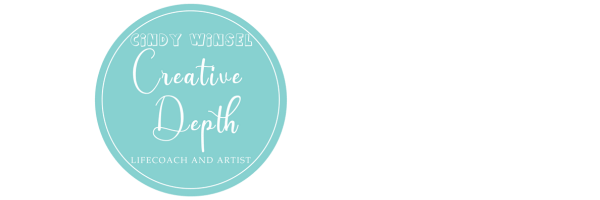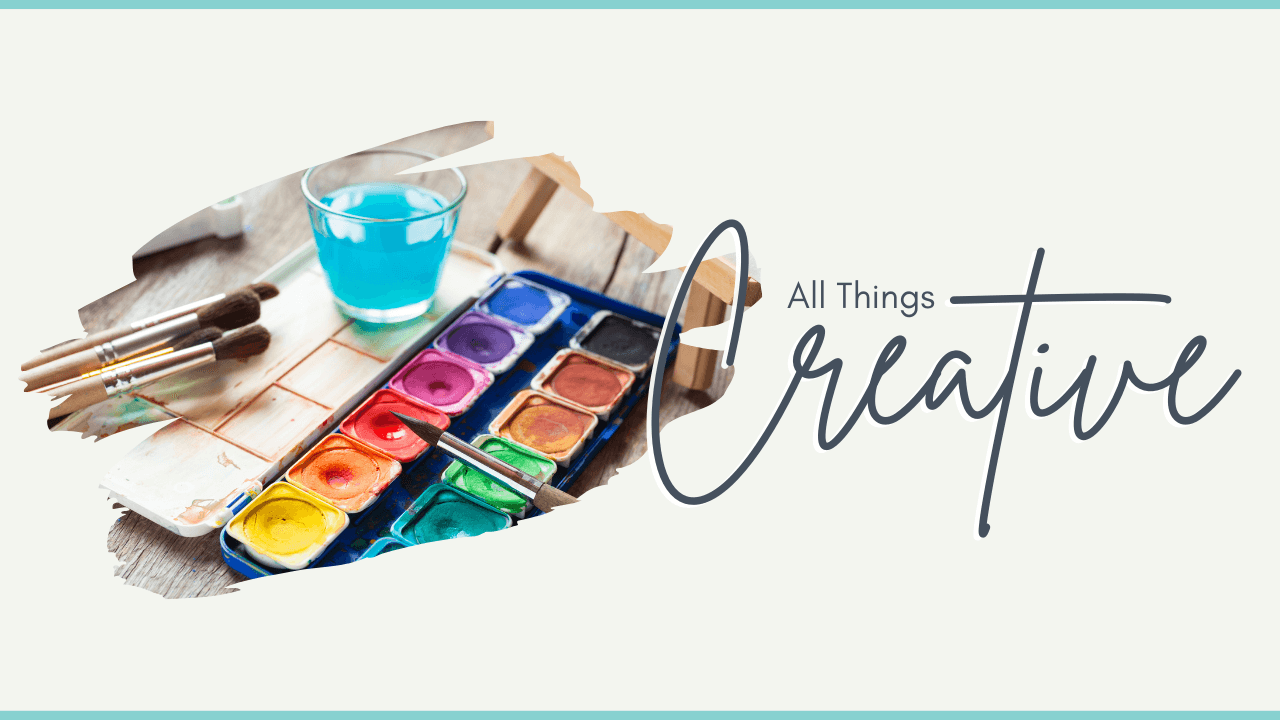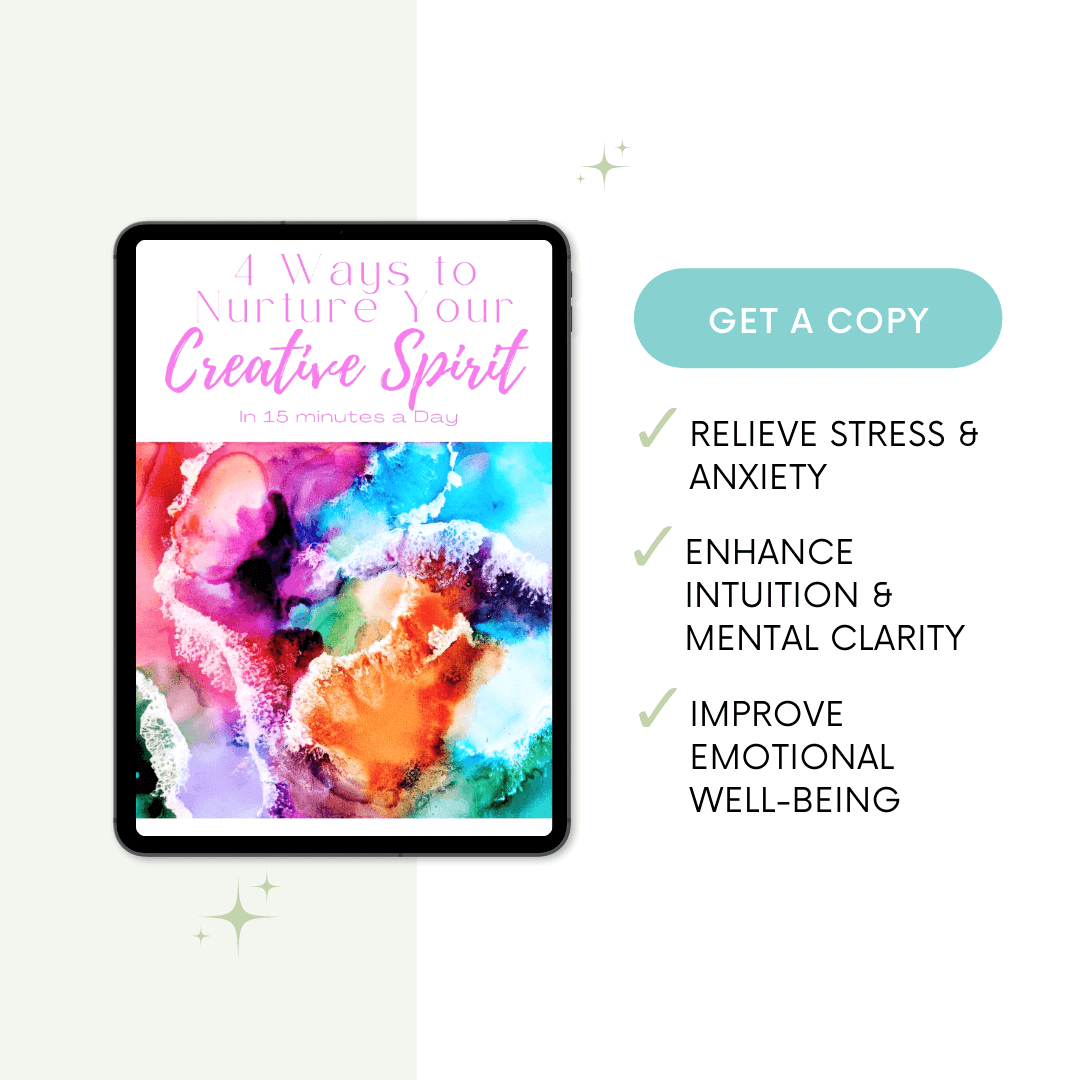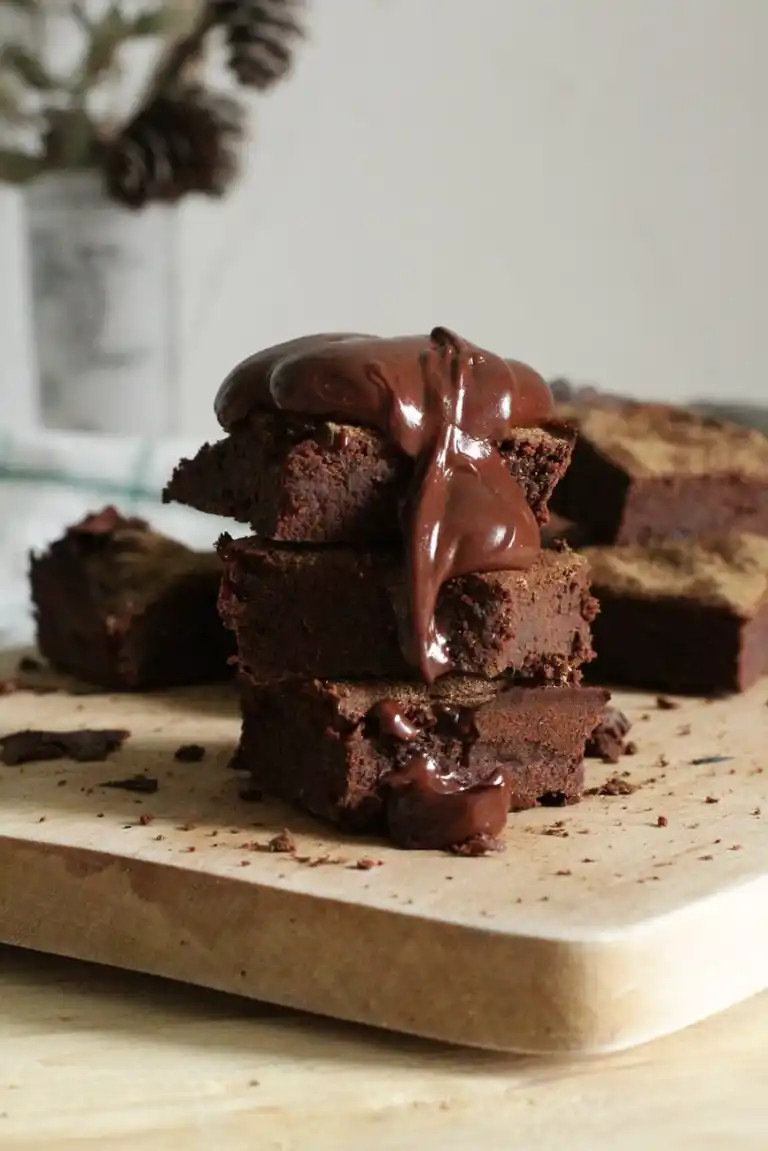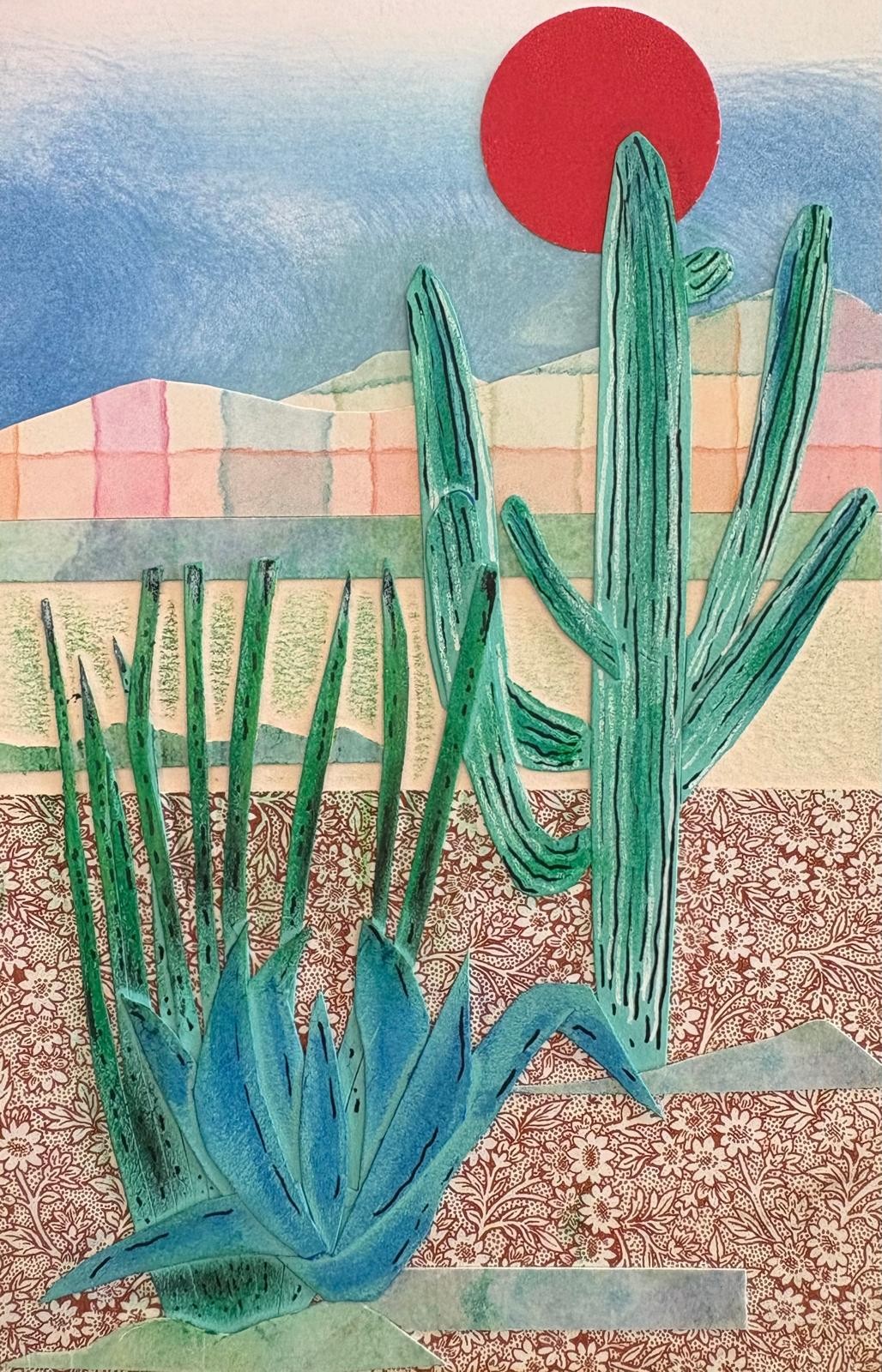
The holiday season can feel a bit like juggling flaming marshmallows—exciting yet incredibly overwhelming. As we navigate dinners, gatherings, and trying to find that one perfect gift for Aunt Sally, keeping our sanity can sometimes resemble a creative art project. But fear not, dear creatives! Let's explore some fun and calming ways to bring a little peace of creativity into that festive chaos.
Why Creativity is the Gift That Keeps on Giving
Creativity is much more than just painting or drawing; it’s a way to express yourself and manage stress. Research shows that engaging in creative activities can reduce anxiety, boost happiness, and even improve mental clarity. As the holidays threaten to wrap you up tighter than your grandma’s knit scarf, throw in some creative acts to help unwind. Check out my free e-book, "Four Ways to Nurture Creativity", for simple tips and exercises to soothe your holiday nerves.
Get Your Hands Dirty—Literally
Do you remember how fun it was to finger-paint as a child? Well, diving into a tactile creative process can do wonders for regrounding you. Experiment with clay sculpting or try your hand at the ever-meditative Zentangle®—no previous art experience required! Use these art forms as a mindful practice to keep your holidays mellow and bright.
Deck the Halls with Unexpected Creations
Why not swap out the usual ornaments for some homemade ones? Grab some natural treasures like pinecones, leaves, and twigs to craft unique decorations. Engaging with natural materials can be incredibly therapeutic and a reminder of the beauty around us. Not to mention, it's a sustainable option that even Mother Nature would applaud.
A Creative Community is Your Secret Santa
During this festive time, it's easy to feel isolated or overwhelmed. Joining a community of like-minded creatives can remind you that you’re not alone in your experience. Whether it's an online group or in-person class, sharing your art and ideas with others can enhance your creative journey and enrich your holiday spirit. Don't forget to join one of our creative courses and embrace all the artful joy!
Unleash Your Inner Child
If elves can run Santa's entire workshop, you can surely allocate some time to let your inner child play. Color outside the lines, scribble, doodle, and have a laugh at your masterpiece (or epic artful fail). Check out my latest YouTube Mess to Magicvideo where I made a mess into magic. Remember, it's just paper and paint—no pressure, no judgments, just pure creative joy.
Creativity isn't just a holiday season stress-reliever—it's a lifetime gift. Here's a reminder: when in doubt, art it out. Dive into the boundless ways your creative spirit can steer you through any seasonal storm. To learn more ways to integrate creativity into your life and join our joyful community, consider signing up for one of our courses. Happy art-making, and may your holidays be filled with colorful joy!
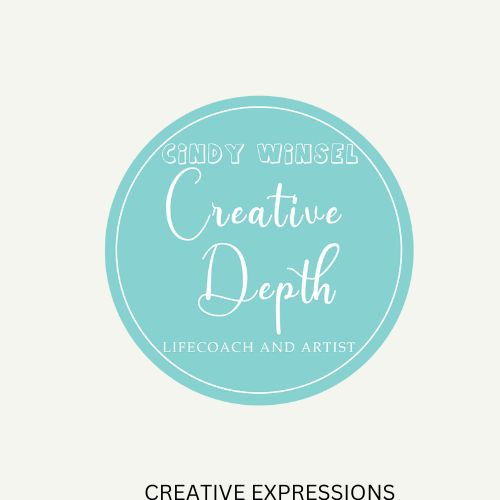
Click on the link below. It will take you to a blog post that I wrote several years ago that I think still applies.
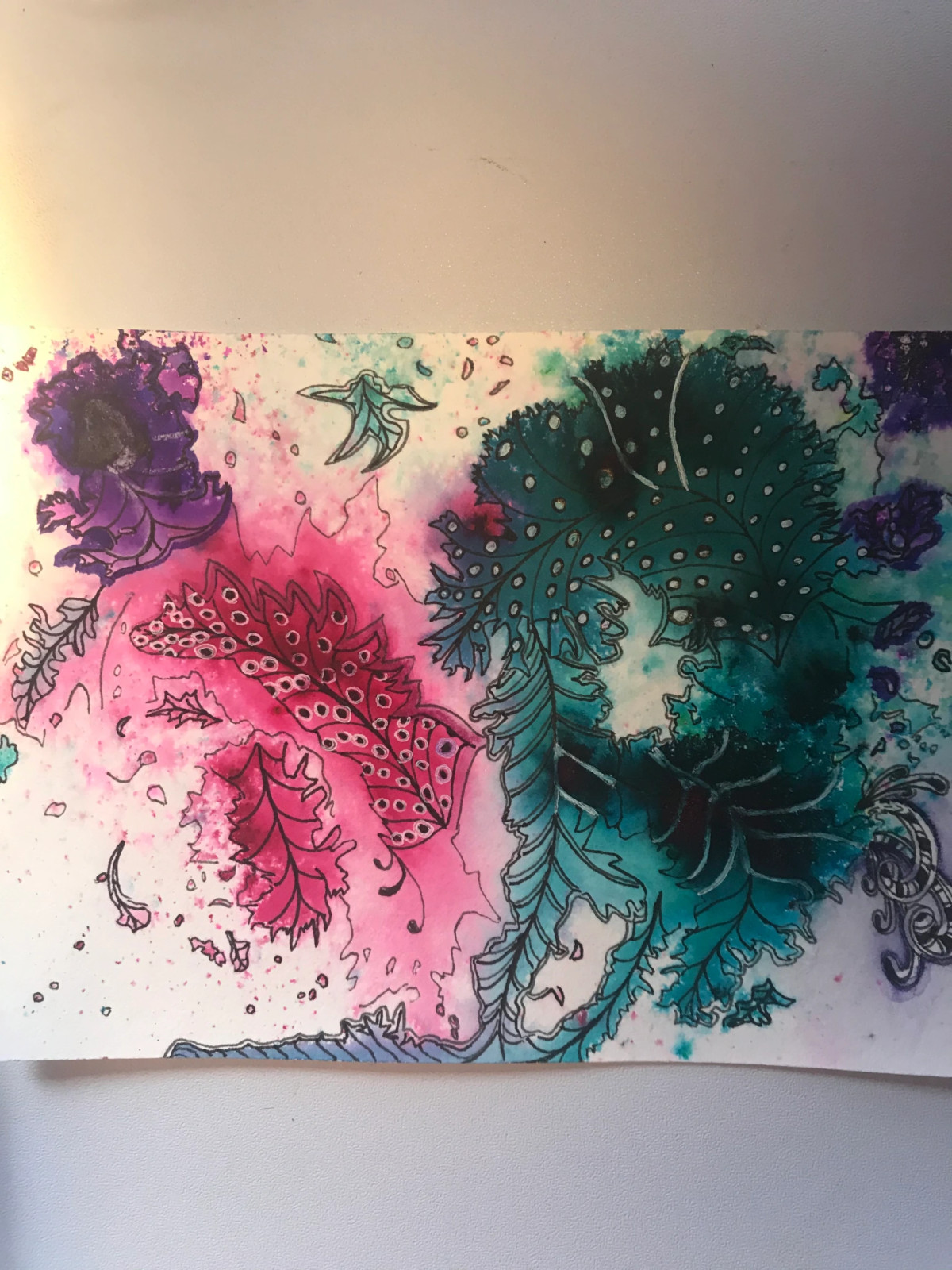
Forgotten Places
Credit goes to Deb Prewitt of Blue Twig Studio for this art method called “Forgotten Places”.
I took this art class and Deb was the teacher. I fell in love with this method of art because it is very intuitive and I was able to incorporate tangling within my pieces.
Once the water color has dried, then it is time to find those forgotten places within the colors. Maybe you see a fish, or a mountain, whatever you find is your place.
Since this is very intuitive and abstract, the places you may go are endless and a journey to be discovered. Aren’t we all on a journey? I think we are and where you go is your choice.
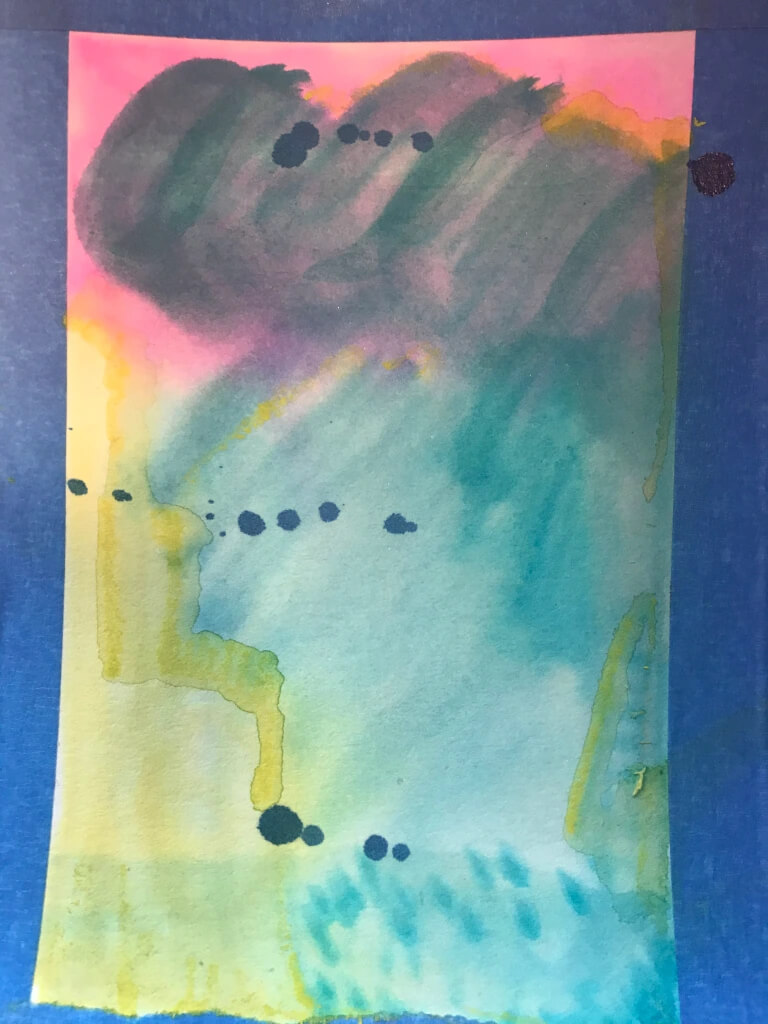
This shows a piece with just watercolor and a few drops of alcohol ink. It is masked off to create a border; however, this is not a requirement. It is a piece in progress.
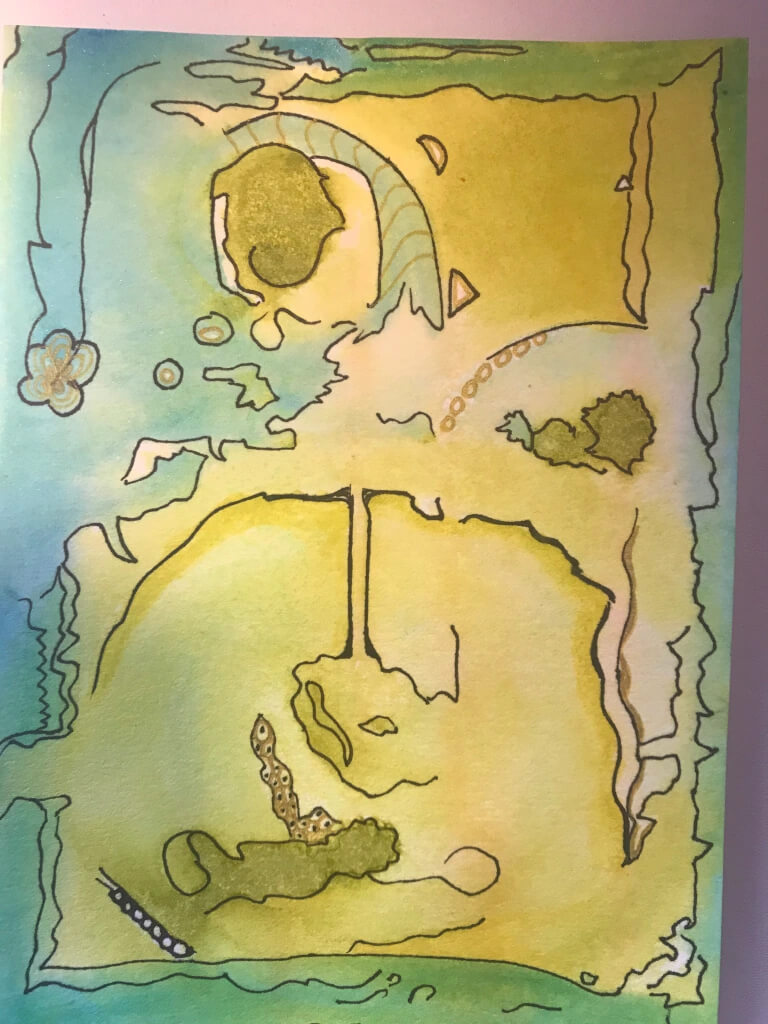
In progress. Used watercolor, watercolor pencils, and micron pen to begin outlining those forgotten places.
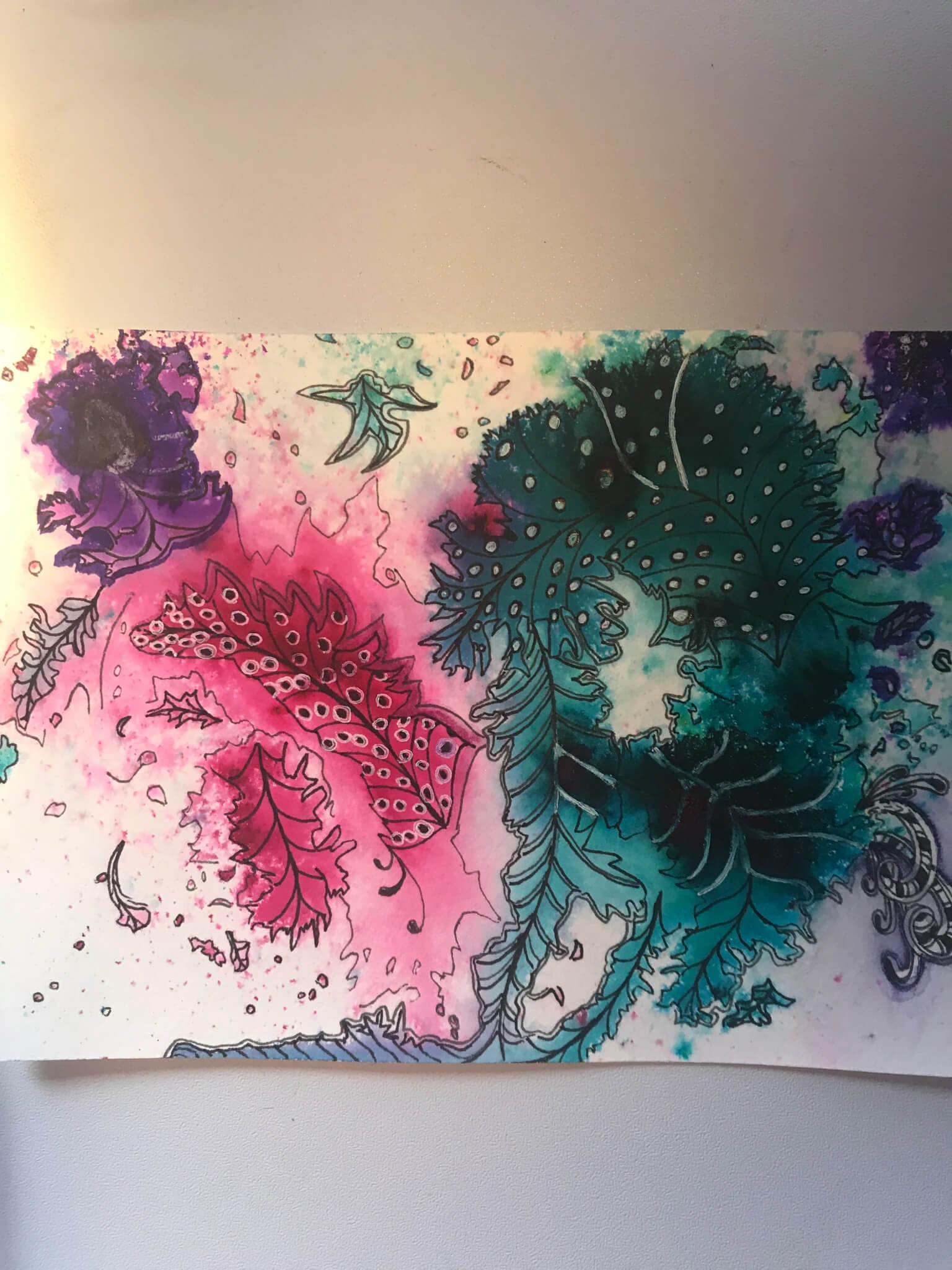
This is very close to being complete. Used brusho, (which is an intense water color powder
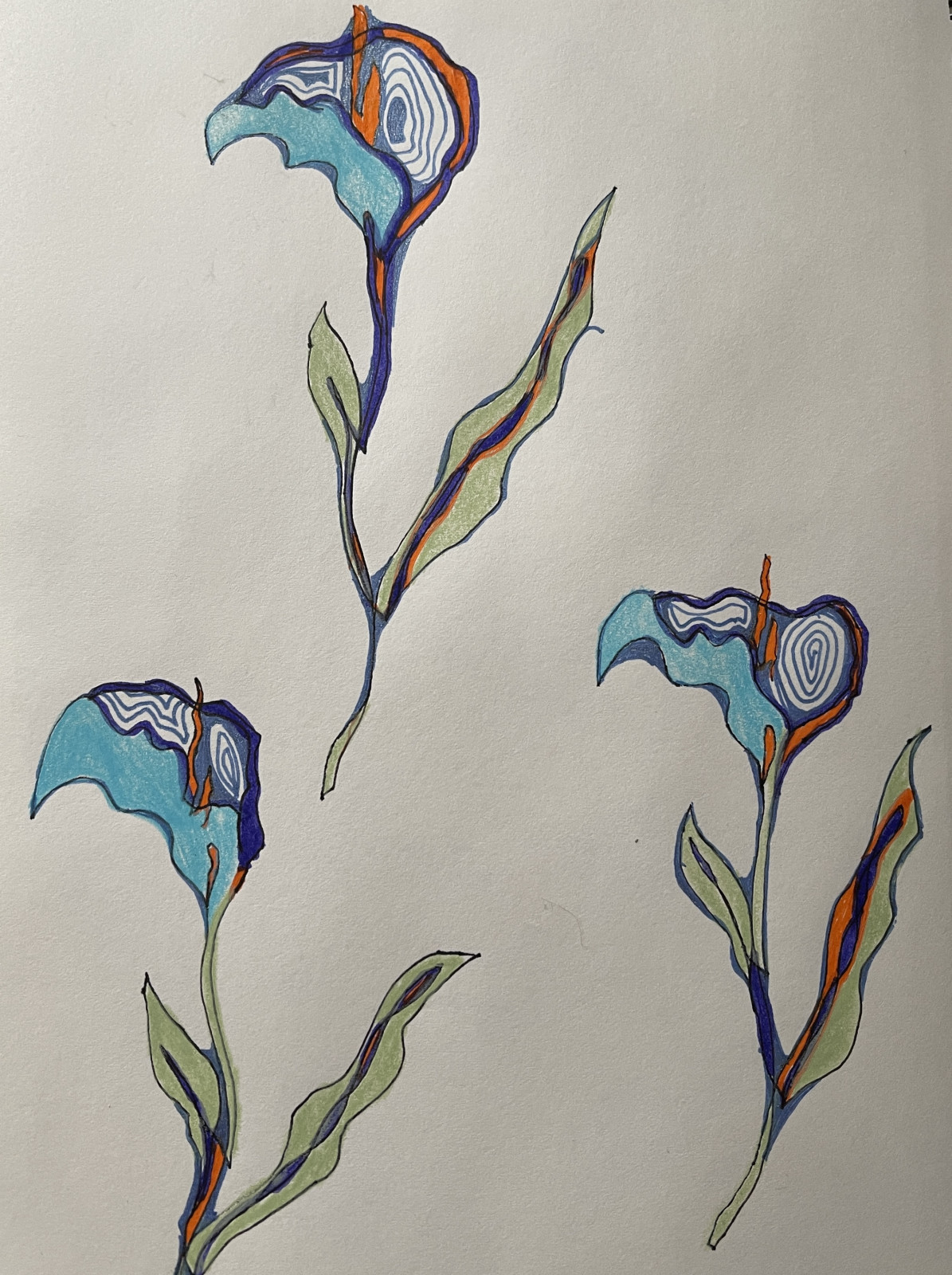
Celebrate World Art Day with us! 🎨✨ It was yesterday, oops. We can still celebrate!
On this special day, explore the beauty and creativity that art brings into our lives. Whether you're an artist or an art lover, there's something for everyone.
Art found me back in 2016, when I was deep into the dark night of the soul! Art/creativity has saved me, every day. I create something every day. Maybe it's a scribble, a mark, or some watercolors pooling around on a piece of paper. Whatever it is, it gets me out of my head and I am free.
Being creative is essential for numerous reasons, both in personal and professional contexts. Here are a few key points:
1. **Problem-Solving**: Creativity allows you to look at problems from different angles and come up with innovative solutions that might not be immediately obvious. This skill is invaluable in business where unique challenges frequently arise.
2. **Differentiation**: In a competitive market, creativity helps distinguish your brand, product, or service. By offering something unique or presenting it in a novel way, you capture attention and stand out from the crowd.
3. **Adaptability**: Creative thinking encourages flexibility and the ability to adapt. In a rapidly changing world, being able to pivot and innovate is crucial for sustainability and growth.
4. **Engagement**: Creativity peaks interest and engagement. Whether it’s a captivating social media post or a compelling sales presentation, creative content can draw in your audience and hold their attention.
5. **Inspiration**: Creativity often inspires others. By showcasing creative approaches or ideas, you can motivate your team, your audience, or even create a ripple effect within your industry.
6. **Personal Fulfillment**: On a personal level, engaging in creative activities can boost your mood, reduce stress, and provide a sense of accomplishment and fulfillment.
Incorporating creativity into your life can lead to numerous benefits and, ultimately, contribute to success and innovation. Encourage yourself to think creatively, and you'll likely see positive outcomes.
Let your imagination soar! 🚀🖍️
I love this snippet about Pablo Picasso. I think we can go back and improve on whatever we want to improve on. I have a canvas waiting for me to improve just a tad and then finish it. I guess I'm resistant because I really enjoy looking at it as I enter my happy place. It's a larger piece and I want to revel in it for a while. Maybe, that's what Picasso was doing. He enjoyed visiting his masterpieces and so he touched up some of them a bit. Nothing wrong with that, or is there? Oh, and what is the criteria for a painting to be a masterpiece?
Perfectionism can get the best of us, and I know I can perseverate, thinking I could do better or add something here or there. At some point it needs to be done, finished, voila!
"In his later years Pablo Picasso wasn't allowed to roam an art gallery unattended, for he had previously been discovered in the act of trying to improve on one of his old masterpieces"
